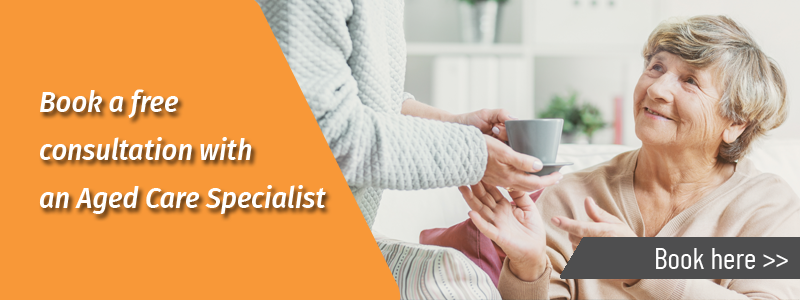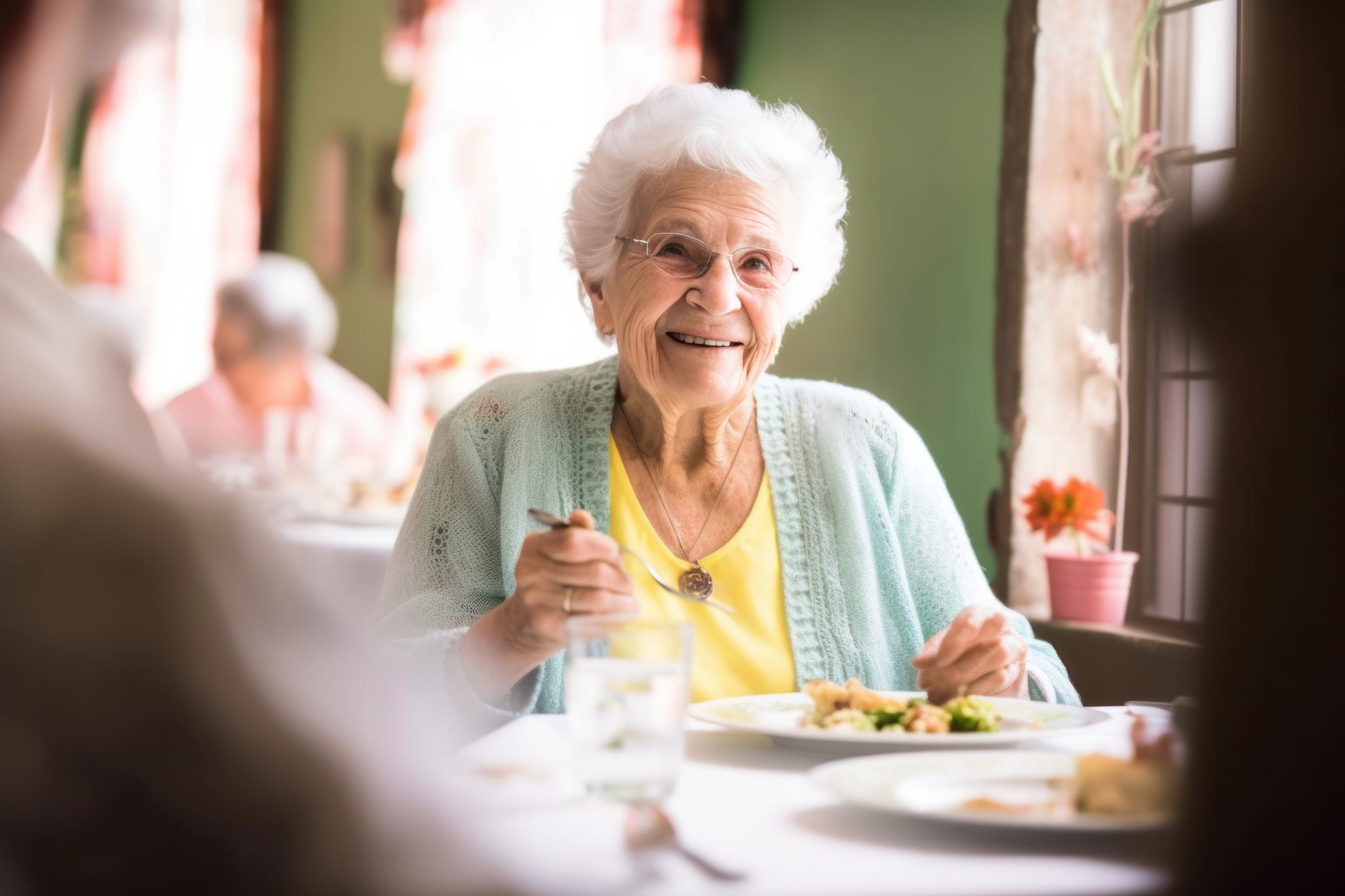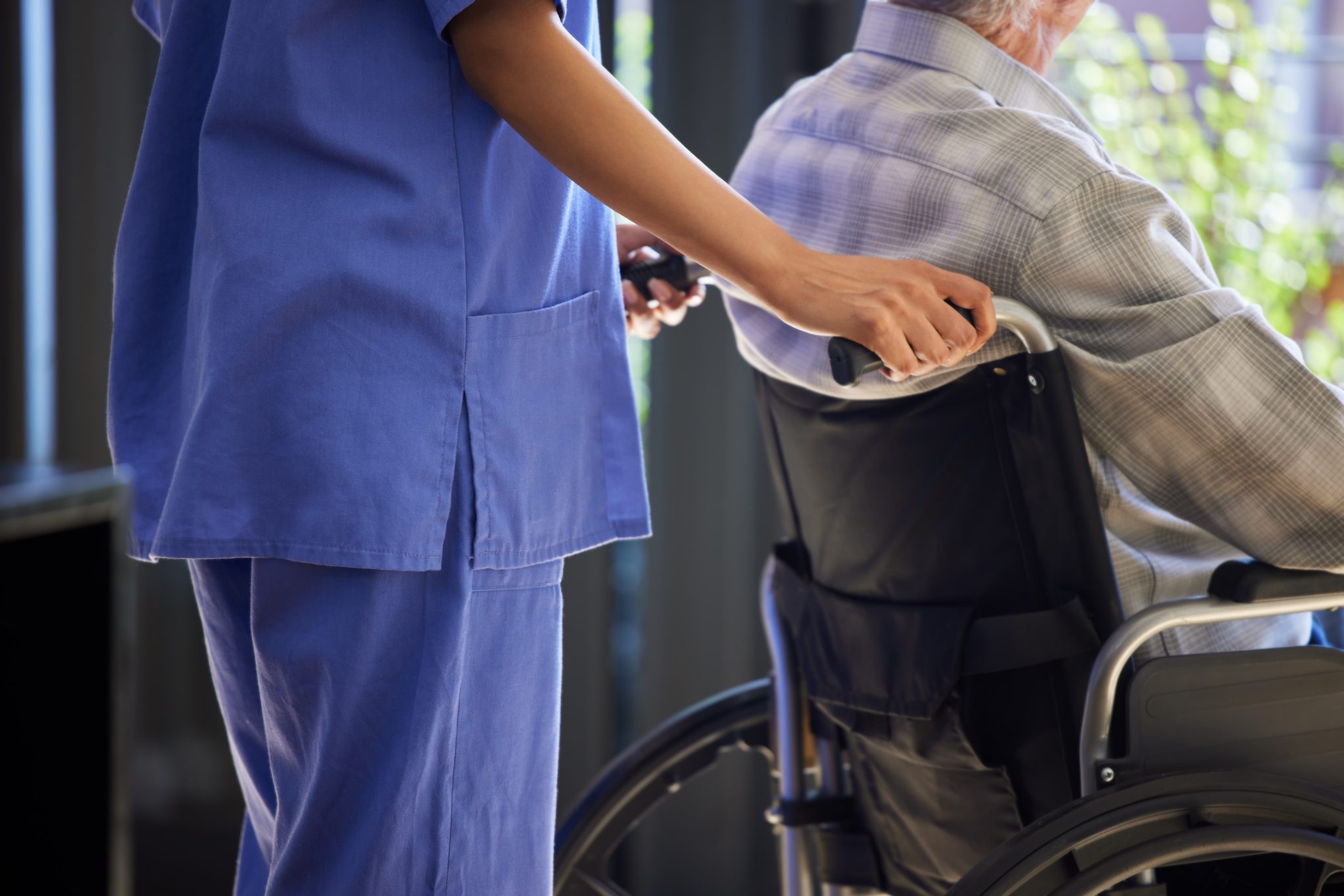According to the Stroke Foundation, somebody in Australia has a stroke every 19 minutes – and they estimate 80% of these are preventable.
Knowing the risk factors and how you can reduce them is a key defence. It’s also critical that you can identify the signs and symptoms of stroke early, as the longer it remains untreated, the more chance there is of stroke-related brain damage.
Strokes can happen to anyone, although the risk increases as we get older. Understanding the risks and recognising the signs could save a life—so to help you learn more and boost your stroke awareness, we’ve put together a brief overview.
What is a stroke, and how does it affect us?
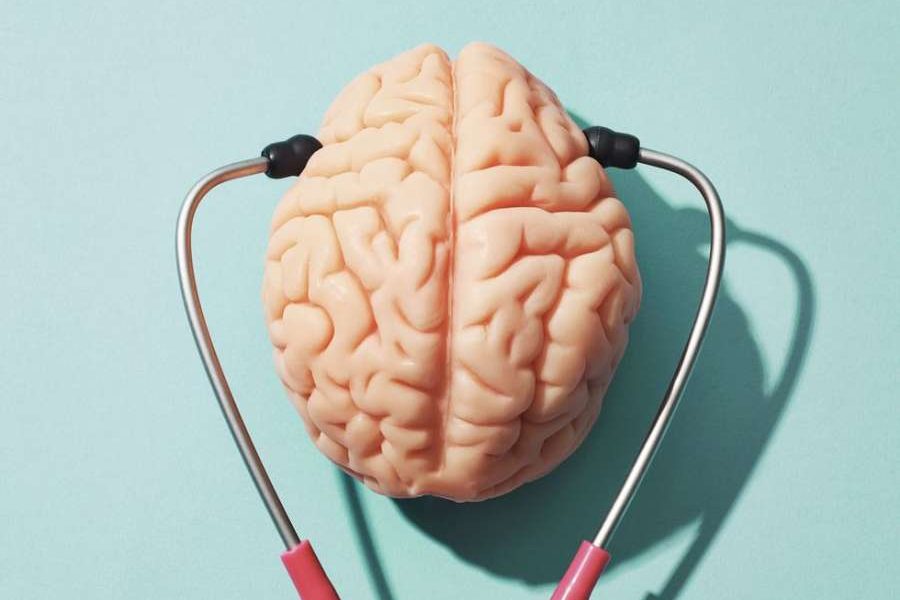
Our brains need a constant flow of blood containing oxygen and nutrients to survive, but the blood cannot get through when someone suffers from a stroke. This may occur when an artery of the brain becomes blocked by a clot (ischaemic stroke) or when a blood vessel in the brain breaks (haemorrhagic stroke).
The impact of a stroke is different for everyone and how it affects you depends largely upon where the damage occurs in the brain. However, some of the more common effects include changes in how you think, see, talk, feel and move.
How can you tell if someone is having a stroke?
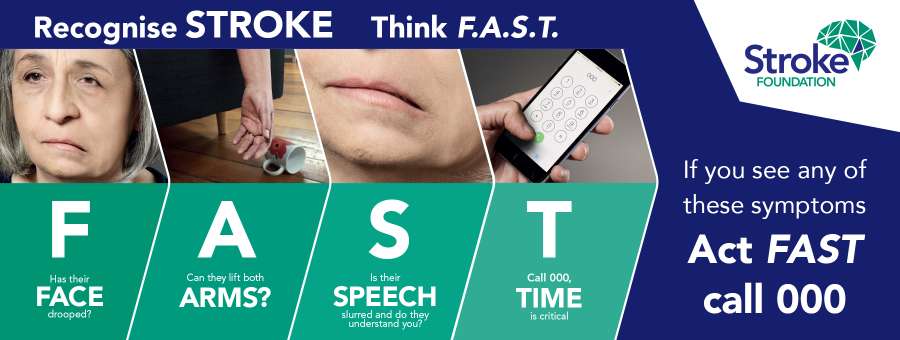
There are some common signs and symptoms that can alert you to when someone is having a stroke. The Stroke Foundation’s F.A.S.T. acronym offers a simple way to remember the key symptoms:
F = FACE: Has their face dropped?
A = ARMS: Can they lift both arms?
S = SPEECH: Is their speech slurred, and do they understand you?
T = TIME: Call 000. Time is critical.
If you suspect someone is having a stroke, call 000 immediately. Every second counts, so don’t delay.
What are the risk factors, and how can we reduce them?
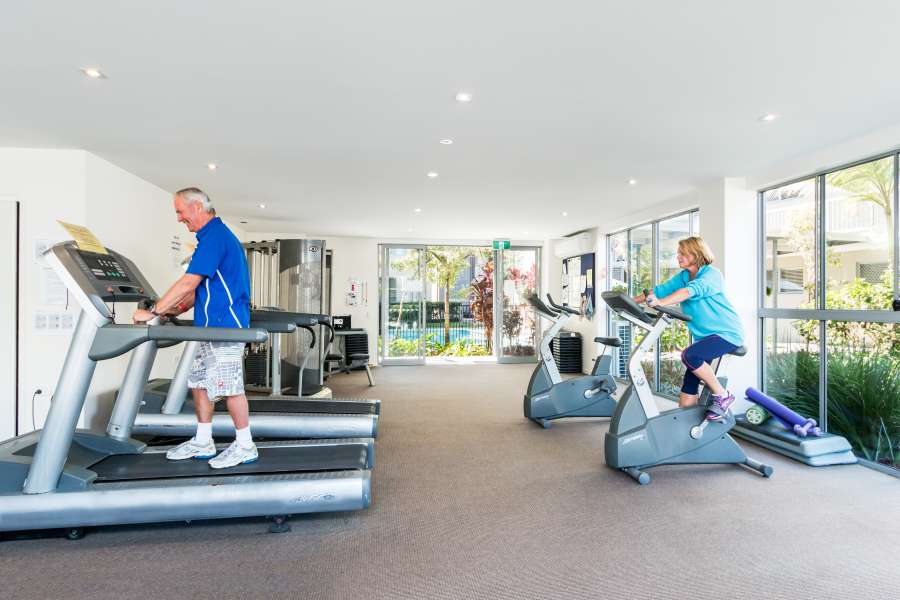
There are certain lifestyle, medical and pre-determined factors that can increase the likelihood of a stroke occurring. While we can’t change our age, gender, family history or medical conditions, we can significantly reduce our risk of stroke by leading a healthy lifestyle. Some of the key ways we can do this are:
- Eating a balanced, healthy diet
- Reducing alcohol intake and quitting smoking
- Staying active and exercising regularly
- Lowering blood pressure and cholesterol.
Within our TriCare Aged Care Residences and Retirement Communities, we offer residents the opportunity to be active in a range of ways. There are options to suit all levels of ability and personal preferences, from the onsite gyms and swimming pools, to group fitness sessions or taking a daily stroll through the landscaped grounds. Our onsite chefs also prepare delicious and nutritious meals to ensure a balanced diet.
Knowing the signs and acting F.A.S.T. is essential to minimise damage
While we can never know when a stroke may strike, the ability to spot the signs and act fast can save lives and minimise the long-term effects. In addition to comprehensive staff training in stroke awareness and first aid, homes in our Retirement Communities include a 24-hour emergency call system that can be used to summon help at any time of the day or night. At the same time, our Aged Care Residences have trained nurses onsite around the clock. This gives our residents and their families complete confidence that they can access medical help quickly if needed.
If you’d like to get a feel for life in our communities, why not arrange a tour? You can see our homes and facilities up close and meet and chat with our staff. Get in touch today by calling (07) 3360 9000 or book online anytime.
